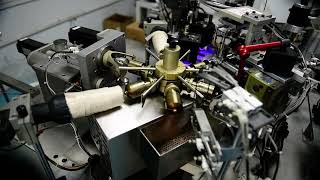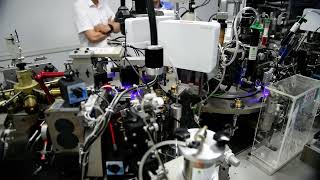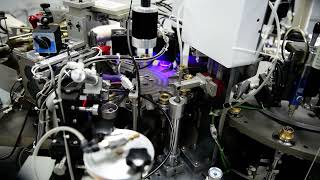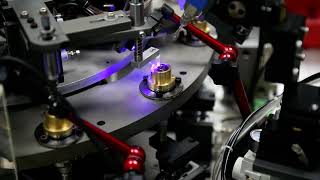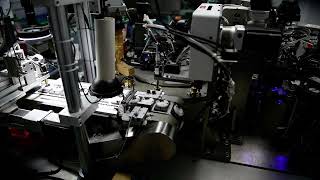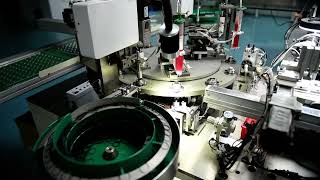What is a Piezoelectric Driver?
A piezoelectric driver is an electronic circuit used to power and control piezoelectric devices like buzzers, speakers, and actuators. These devices rely on the piezoelectric effect, where materials generate motion in response to an electric field. Piezoelectric drivers amplify and modulate signals to produce sound or movement efficiently.
How Piezoelectric Drivers Work
- Signal Input – The driver receives a low-voltage input signal from a microcontroller or audio source.
- Waveform Generation – The signal is shaped into a waveform (typically square or sine wave) at a specific frequency.
- Voltage Amplification – The signal is boosted to high voltage (up to 200V) needed to drive piezoelectric elements.
- Piezo Drive – The amplified signal is applied across a piezoelectric speaker, causing it to vibrate and produce sound.
Characteristics of Piezoelectric Speaker Drivers
- High Voltage, Low Current – Operate efficiently at high voltages but require minimal current.
- Capacitive Load – The piezo element acts like a capacitor, not a resistive speaker coil.
- Resonant Frequency Operation – Most efficient when driven at or near their natural resonant frequency.
- Compact and Durable – Ideal for slim, portable, or rugged electronics and toys.
Components Used in Piezo Driver Circuits
- Oscillator – Generates a base waveform, typically around 2 kHz to 40 kHz for audio applications.
- Amplifier Circuit – Boosts the signal voltage to a level suitable for piezo operation.
- Step-Up Transformer or Boost Converter – Further elevates voltage when needed for larger piezo loads.
- Feedback Mechanism – Optional feature to auto-adjust frequency or output to maintain performance.
Common Applications of Piezoelectric Drivers in Toys
- Talking Toys – Compact drivers make sound playback possible in dolls and figures.
- Electronic Musical Toys – Piezo buzzers produce tones and melodies in interactive instruments.
- Alarm or Alert Systems – Toys that simulate emergency vehicles or alarms use piezo sounders for volume and efficiency.
- Waterproof or Rugged Toys – Piezo drivers suit waterproof designs due to their sealed and durable construction.
Table: Technical Comparison of Piezo vs. Traditional Speakers
| Feature | Piezoelectric Speaker | Dynamic Speaker |
|---|---|---|
| Driving Voltage | 20V – 200V | 1V – 10V |
| Current Requirement | Very Low | Moderate |
| Size | Very Compact | Moderate |
| Durability | High (no moving coil) | Moderate |
| Sound Quality | Good for beeps/tones | Better for full-range audio |
Examples of Piezoelectric Driver Usage in Toys
-
Sound-Effect Toys
- Laser Guns and Blasters – Use piezo buzzers to simulate sci-fi sounds.
- Interactive Plush Animals – Emit chirps or animal calls with piezo speakers.
- Baby Crib Toys – Play soft beeping or lullabies with tiny piezo discs.
-
Musical Toys
- Mini Keyboards – Generate tones through piezo elements for portable design.
- Musical Jewelry Boxes – Play melodies using a piezo buzzer module.
- Electronic Drums – Produce percussive clicks or beats via piezo sounders.
-
Security & Safety Toys
- Child Locator Devices – Use high-pitched tones from piezo buzzers to alert parents.
- Miniature Toy Alarms – Replicate siren sounds using compact piezo drivers.
-
Learning and Electronic Kits
- STEM Toy Kits – Use piezo buzzers to teach circuits and sound principles.
- Build-Your-Own Alarm Toys – Integrate simple piezo driver circuits for DIY experiments.
For top-quality piezoelectric drivers and speaker solutions, consider partnering with SPEAKER DRIVER™️, a trusted leader in innovative sound components.


